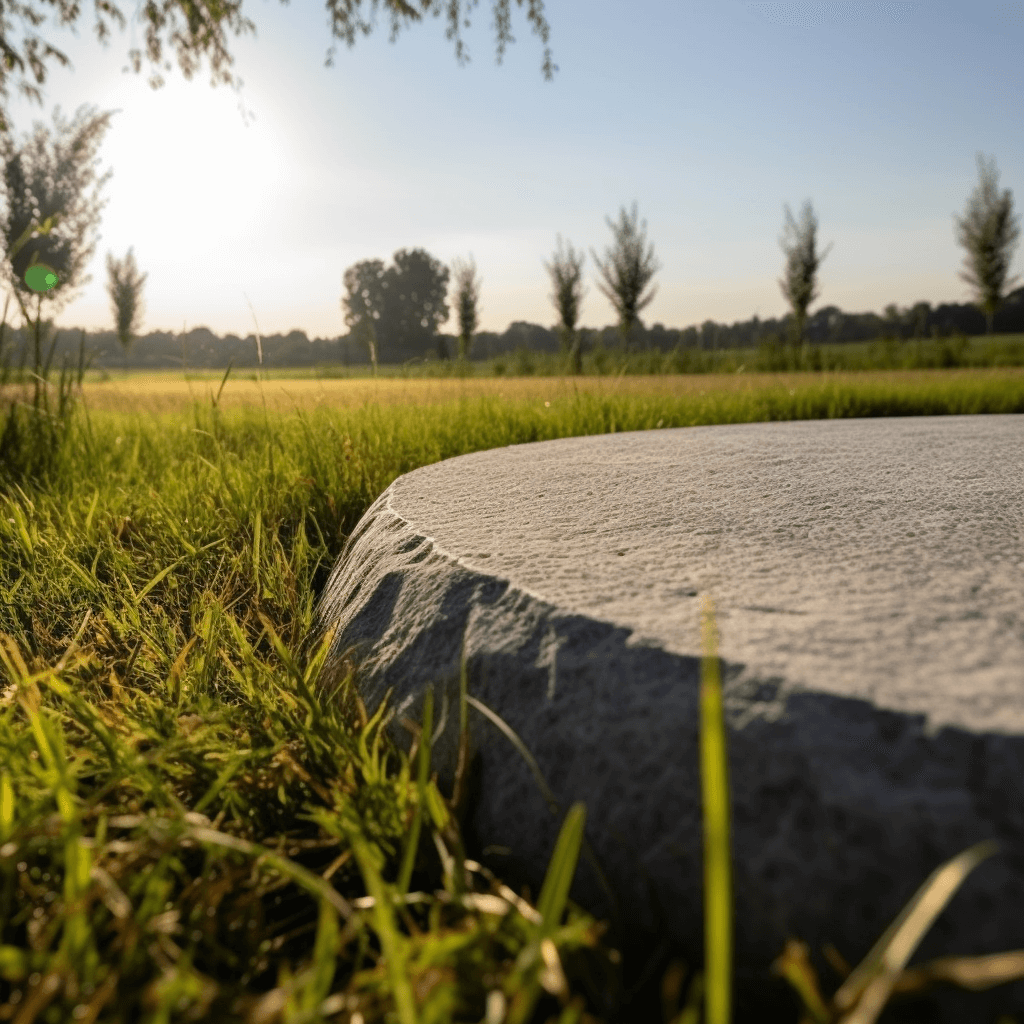
Concrete Slab: A Versatile and Sturdy Foundation for Modern Living
in the early days of modern construction, a new material took the world by storm. This material was none other than slab concrete. It quickly became an essential component in the world of construction and has since been used in a myriad of ways, from skyscrapers to driveways. In this essay, we’ll dive deep into the fascinating world of slab concrete, exploring its history, its many uses, and the reasons behind its enduring popularity.
The Humble Beginnings of Slab Concrete
The story of concrete begins in the early 20th century. Before the widespread use of concrete, people relied on materials like wood, brick, and stone to construct their homes and buildings. However, these materials had their limitations. They were prone to decay, expensive, and time-consuming to work with.
Enter Joseph Monier, a French gardener who was tired of wooden planters rotting away. In 1867, he invented reinforced concrete by combining cement, sand, and water with a reinforcing mesh made of steel bars. This invention forever changed the course of construction history. Soon, engineers and architects began to experiment with this new material, using it to build stronger and more durable structures.
Fast forward to the 1920s, when the concept of slab-on-grade construction was introduced. This involved pouring a thick layer of concrete directly on the ground to create a solid foundation for a building. The first examples of this technique can be traced back to the construction of Frank Lloyd Wright’s iconic homes, such as the Robie House in Chicago.
A Solid Foundation: The Role of Slab Concrete in Construction
Over the years, slab concrete has become an essential part of construction projects across the globe. Here are just a few of the ways this versatile material is used:
- Foundations: Concrete slab is commonly used to create foundations for homes and buildings. This type of foundation is known as a slab-on-grade foundation, where the concrete is poured directly onto the ground to create a solid, stable base. This method offers numerous advantages, such as preventing moisture from seeping into the structure, reducing the risk of termite infestations, and providing excellent insulation.
- Floors: Concrete slabs are often used as flooring in industrial and commercial buildings. They provide a durable, low-maintenance surface that can withstand heavy loads and machinery. Moreover, concrete floors can be polished, stained, or sealed to create a sleek, modern look that’s both functional and stylish.
- Driveways and Sidewalks: If you’ve ever strolled through a suburban neighborhood, you’ve likely walked on a concrete slab. Slab concrete is a popular choice for driveways, sidewalks, and walkways due to its durability, low maintenance, and resistance to wear and tear from weather and traffic.
- Patios and Pool Decks: Homeowners love using slab concrete for outdoor living spaces like patios and pool decks. This material offers a slip-resistant surface that can be customized with a variety of colors, textures, and patterns to create a unique and inviting outdoor area.
Real-Life Examples: Slab Concrete at Work
To truly appreciate the versatility of slab concrete, let’s explore some real-life examples that showcase this material in action:
- The Pantheon: Located in Rome, Italy, the Pantheon is one of the most famous examples of concrete construction. Completed in 125 AD, this ancient temple features a concrete dome that spans an impressive 142 feet in diameter. The dome’s concrete construction has allowed it to withstand the test of time, remaining mostly intact for nearly two millennia.
- The Hoover Dam: Completed
- in 1936, the Hoover Dam is a testament to the power and versatility of concrete. This massive structure, located on the border between Arizona and Nevada, was built using over 3.25 million cubic yards of concrete. The dam’s concrete walls not only hold back the mighty Colorado River but also generate hydroelectric power for millions of people in the surrounding areas.
- Burj Khalifa: As the tallest building in the world, the Burj Khalifa in Dubai stands at a staggering 2,722 feet tall. This architectural marvel was made possible by the use of high-performance concrete, which allowed the structure to be both strong and lightweight. The Burj Khalifa’s foundation alone consists of 58,900 cubic yards of concrete, weighing over 110,000 tons.
- The Secret to Slab Concrete’s Success: Strength and Flexibility
- So, what makes slab concrete such a beloved material in the construction world? The answer lies in its unique combination of strength and flexibility. Here’s why:
- Compressive Strength: Concrete has an impressive compressive strength, meaning it can withstand a great deal of pressure without breaking or deforming. This is why it’s often used for foundational and structural elements, as it can support the weight of large buildings and other heavy loads.
- Tensile Strength: While concrete’s compressive strength is impressive, its tensile strength (resistance to being pulled apart) is relatively low. This is where the genius of reinforced concrete comes into play. By embedding steel bars within the concrete, the material gains the ability to withstand tension, making it even more suitable for construction applications.
- Flexibility in Design: Slab concrete can be poured into almost any shape, allowing architects and designers to create structures with unique and innovative designs. From the sweeping curves of the Sydney Opera House to the intricate patterns on concrete patios, the possibilities are virtually endless.
- Energy Efficiency: Concrete’s thermal mass helps regulate indoor temperatures by absorbing and releasing heat slowly, reducing the need for heating and cooling systems. This energy-efficient quality makes slab concrete an attractive choice for eco-friendly construction projects.
- The Future of Slab Concrete: Innovation and Sustainability
- As we look toward the future, the role of slab concrete in construction is only expected to grow. Innovations in concrete technology are leading to the development of new and improved materials, such as ultra-high-performance concrete (UHPC) and self-healing concrete. These advancements promise to make concrete even stronger, more durable, and more sustainable.
- Moreover, the construction industry is increasingly embracing green building practices and sustainable materials. Slab concrete, with its energy-efficient properties and potential for recycling, is well-positioned to be a key player in the future of sustainable construction.
- In conclusion, slab concrete has come a long way since its humble beginnings in Joseph Monier’s garden. Today, it’s an indispensable part of modern construction, providing a strong, durable, and versatile foundation for the buildings and infrastructure that shape our world. From ancient Roman temples to towering skyscrapers, slab concrete continues to play a crucial role in our lives, and its future looks brighter than ever.
